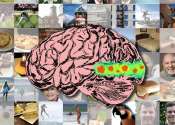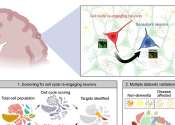PLoS Biology is a peer-reviewed scientific journal covering all aspects of biology. Publication began on October 13, 2003.
It was the first journal of the Public Library of Science. All content in PLoS Biology is published under the Creative Commons "by-attribution" license. To fund the journal, the publication s business model requires that, in most cases, authors will pay publication costs.
In addition to research articles, PLoS Biology publishes online e-letters in which readers provide comments on articles.
According to the Journal Citation Reports, the journal has a 2009 impact factor of 12.916, ranking it first in the category Biology . Mike Taylor of Discover Magazine said in 2012 that while PLoS Biology has a high impact factor, "PLoS has de-emphasized this traditional, problematic measure, so you won’t find this fact blazoned across their website."
The current editor-in-chief is Jonathan Eisen (University of California, Davis).
Due to their free licensing, files from PLoS Biology can be reused in places other than the original article, e.g. to illustrate Wikipedia articles.
- Publisher
- Public Library of Science
- History
- 2003–present
- Website
- http://www.plosbiology.org/
- Impact factor
-
12.916
(2009)
Some content from Wikipedia,
licensed under CC BY-SA









